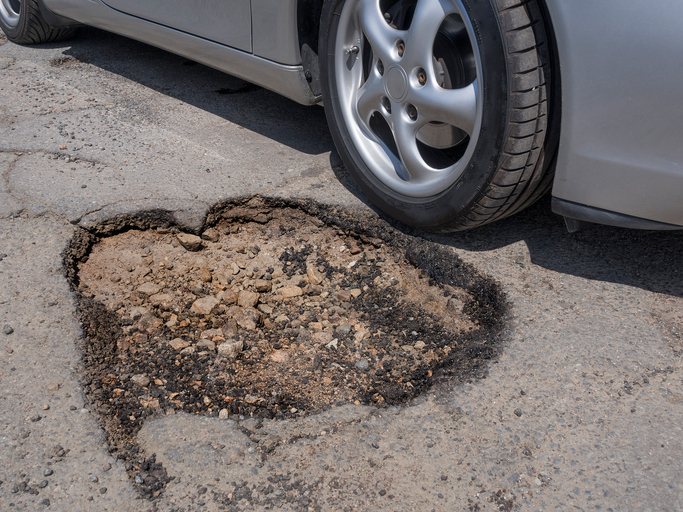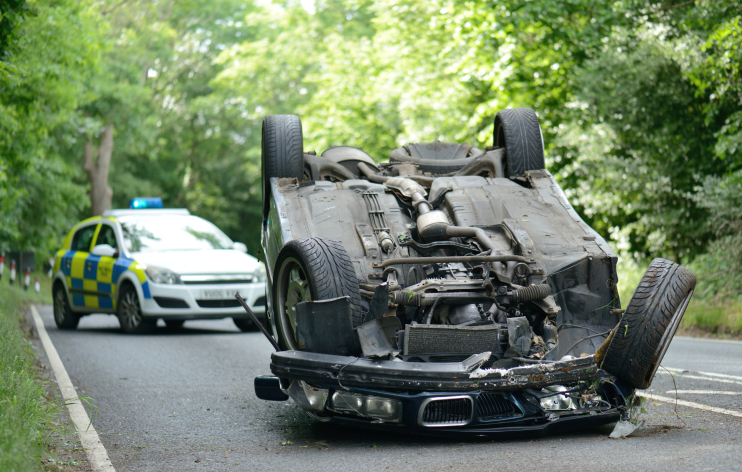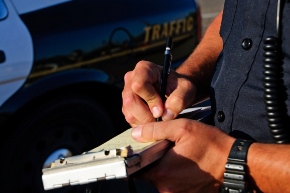When a car accident occurs, does it matter who is at-fault? In no-fault states, who is responsible is less of a factor than you may think.
It is important for drivers to understand how their car insurance works. At-fault and no-fault auto insurance differs in an important way. Depending on the type you have, you may pay more or less for an accident.
How Does No-fault Car Insurance Work?
The term no-fault auto insurance describes a specific type of insurance product. In this type of policy, the policyholder turns to his or her plan when an accident occurs. Who caused the accident does not matter in this situation. Very few states allow for this type of auto insurance. Most require at-fault insurance instead.
In at-fault coverage states, police determine who holds responsibility after an accident occurs. Then, the insurance company for the person at-fault pays for most or all of the losses of the other driver.
In no-fault cases, the individual can file a claim with his or her car insurance provider. The provider should cover the losses no matter who caused the accident. Here’s an example. You are in an accident in which another driver hits your vehicle. Instead of filing a claim with that driver’s liability insurance, you file it with your own. Your insurer covers your losses.
What Are the Benefits of No Fault Insurance?
When used, no-fault car insurance offers some benefits. First, it means the driver always has coverage for medical needs. You do not have to rely on the other driver’s liability policy to cover your losses. This offers a bit more peace of mind. Second, it may reduce the likelihood that you will pay more if you are in more accidents. Rather, a blanket policy is in place.
Should You Invest in This Insurance?
It is important to realize not all states allow for no-fault car insurance. Check with your Department of Motor Vehicles to determine if this is an option for you. Some states offer limited access to such plans. And, these plans have limitations. Most of the time, they limit how much they cover. If you have this type of insurance, take a closer look at your coverage. Illinois is a state that enforces at-fault auto insurance laws.
Most people will find that basic auto insurance that assigns blame is most economical. It is the most common option available. Choose a policy that properly represents your needs in all cases.
Call Amigo Insurance Agency, Inc at (877) 999-2644 and we can help you get a Chicago auto insurance quote.










